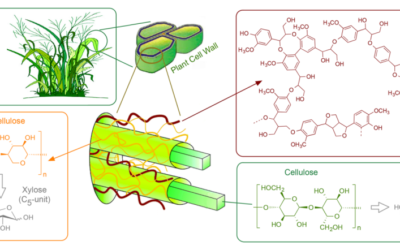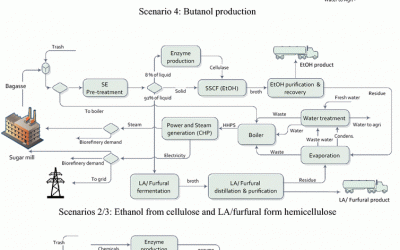While some crops could hold great potential as bioenergy sources, they could also pose a threat as an invasive species.
A new study in the journal Invasive Plant Science and Management says that a seed-bearing form of giant miscanthus could be trouble for farmers if it escapes cultivation.
The article “The Relative Risk of Invasion: Evaluation of Miscanthus × giganteus Seed Establishment,” reports the results of field tests on the fertile “PowerCrane” line of giant miscanthus…
Giant miscanthus produces abundant biomass, has few pests, and requires few inputs after establishment. While these traits make it an excellent bioenergy crop, they are also traits of invasive species. This species has the ability to produce up to 1 billion spikelets per acre per year that can disperse seed into the wind.
The researchers looked at seedling establishment in seven different habitats and found a high seedling mortality—99.9 percent overall. But that small percentage that escapes would still leave 1 million spikelets per acre in the seed bank. The authors urge caution in establishing any species that has the potential to become invasive to surrounding farmland.
This also applies for Africa!
That is why DalinYebo works with African plant breeders and farmers, in order to provide sustainable and environmentally correct solutions that go beyond the process technology.
See on domesticfuel.com
via Scoop.it – Furfural and its many By-products
Filed under: Topics of Interest
from: dalinyebo.wordpress.com





